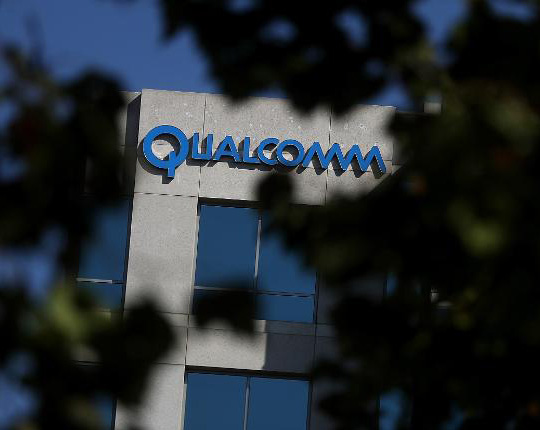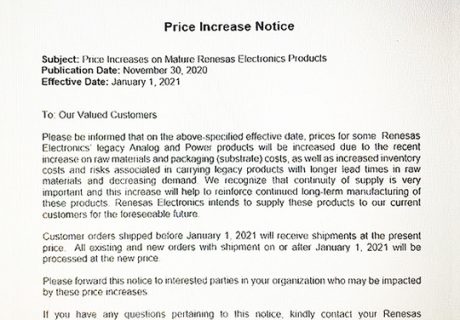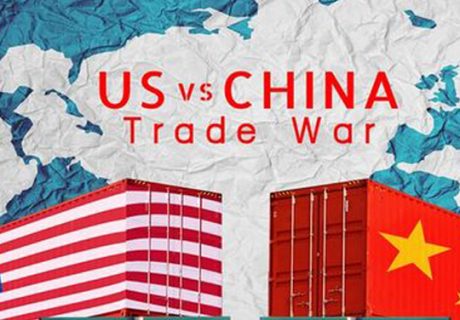A $44 billion tech deal just became the latest casualty in the escalating US-China trade tensions. Qualcomm had been waiting nearly two years for its purchase of Dutch chipmaker NXP to clear global regulatory hurdles. The massive deal, first announced in October 2016, had been approved by regulators in eight other jurisdictions, including the European Union and South Korea. China was the lone holdout.
Qualcomm had extended the deadline several times in the nearly two years since the deal was first announced, but said earlier in the day Wednesday that it would not extend the deadline again.
“The decision for us to move forward without NXP was a difficult one,” said Steven Mollenkopf, Qualcomm’s CEO, in a conference call with analysts Wednesday. “Continued uncertainty overhanging such a large acquisition introduces heightened risk. We weighed that risk against the likelihood of a change in the current geopolitical environment, which we didn’t believe was a high probability outcome in the near future.”
The final deadline for the agreement was midday Thursday in China — and Beijing’s Ministry of Commerce simply let the clock run out.
Qualcomm had warned investors that this would likely happen. CEO Steve Mollenkopf said during an earnings call Wednesday that if China failed to approve Qualcomm’s deal with NXP, the company would walk away from it.
Continued uncertainty surrounding such a large deal “introduces heightened risk,” Mollenkopf said. “We weigh that risk against the likelihood of a change in the current geopolitical environment, which we didn’t believe was a high probability outcome in the near future.”
The San Diego-based company, which employs more than 33,000 people, is now stuck with paying NXP a $2 billion breakup fee.
NXP did not immediately respond to a request for comment outside of business hours.
This is just the latest blow for Qualcomm, which has in recent months found its business dealings tied to broader trade negotiations between the United States and China. The tech industry has become a key battleground in the trade fight between the world’s two largest economies.
The Trump Administration earlier this month enacted a 25% tariff on about $34 billion worth of imports from China and is moving to enact the same tariff on another $16 billion worth of Chinese imports. The Administration has also proposed adding an additional 10% tariff on another $200 billion worth of imports from China. China has enacted reciprocal tariffs on U.S. imports and has said it will match any tariffs enacted by the U.S. with additional tariffs of its own.
Economic tensions between the U.S. and China were also escalated by a ban imposed by the U.S. on selling components to Chinese communications equipment ZTE which nearly put ZTE out of business. However, the U.S. lifted the ban at the direction of U.S. President Donald Trump in what was an apparent gesture of goodwill amid negotiations on a possible trade deal between the world’s two largest economies.
Related News
To Be Or Not To Be – Qualcomm and NXP
Trade War Puts Qualcomm-NXP Deal’s Fate in Question
Will NXP Semiconductor and Qualcomm Deal Close?



















